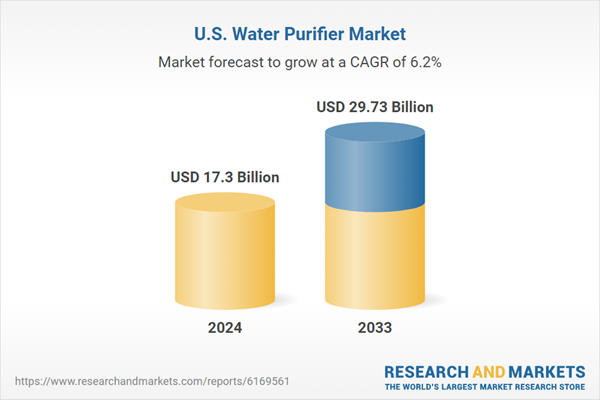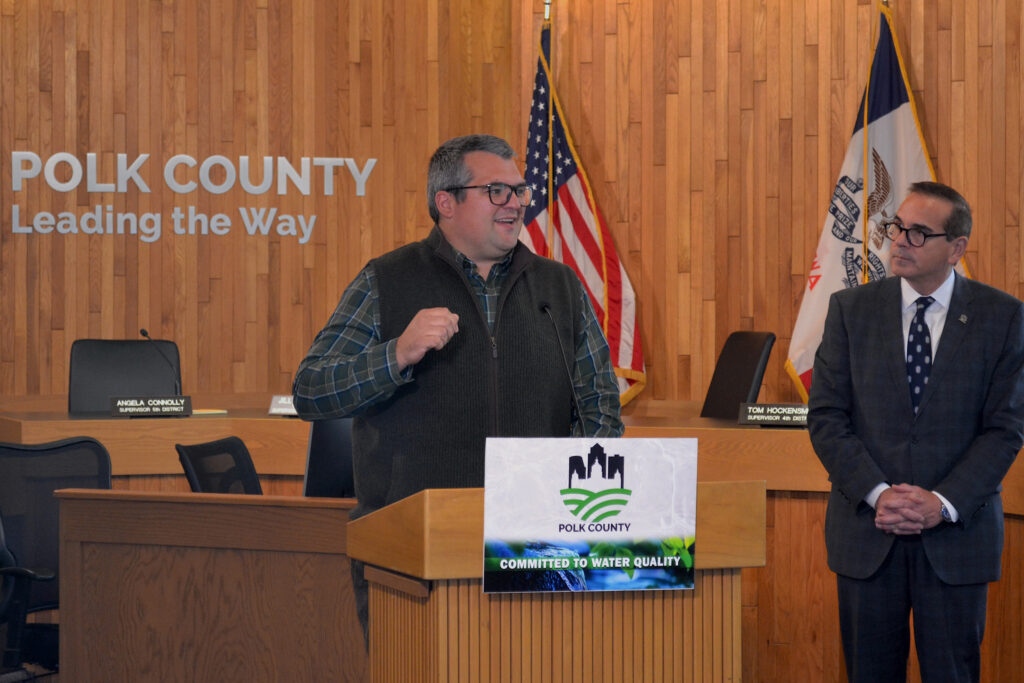Report on Nueces River Authority Water Sampling Investigation
Executive Summary
An investigation by the Texas Commission on Environmental Quality (TCEQ) into the Nueces River Authority (NRA) has uncovered significant procedural and ethical breaches, including the falsification of official water sampling documents. These actions represent a severe failure in institutional governance, directly undermining progress toward several United Nations Sustainable Development Goals (SDGs), most notably SDG 6 (Clean Water and Sanitation), SDG 16 (Peace, Justice and Strong Institutions), and SDG 3 (Good Health and Well-being). The investigation has resulted in 38 pending criminal cases against a former employee, raising critical questions about the integrity of water quality monitoring for multiple South Texas communities.
Investigation Findings and Implications for SDG 6: Clean Water and Sanitation
The core of the investigation centers on the compromise of water quality assurance protocols, a fundamental component for achieving SDG 6, which aims to ensure the availability and sustainable management of water and sanitation for all. The findings indicate a systemic breakdown in the processes designed to protect public water sources.
Falsification of Official Records
- A former NRA Quality Assurance Officer is facing 38 counts of tampering with a government document, a state jail felony.
- The investigation revealed that over 20 microbial reporting forms submitted between June and August 2024 contained falsified signatures.
- The signature of NRA Executive Director John Byrum was used on these forms, listing him as the sample collector, a role he confirmed he does not perform.
Impact on Water Quality Monitoring and SDG Targets
The alleged misconduct creates significant uncertainty regarding the safety of water supplies, directly threatening the achievement of SDG Target 6.1 (achieve universal and equitable access to safe and affordable drinking water). Without accurate and reliable data, the safety of water cannot be guaranteed.
- Compromised Data Integrity: The falsification of records calls into question whether water samples were collected at all from required sites.
- Affected Communities: The questionable reports covered numerous water systems, including:
- City of Driscoll
- City of Premont
- City of Poth
- City of Jourdanton
- Fowlerton Water Supply Corporation
- McMullen County Water Control and Improvement Districts #1 and #2
- Public Health Risk: The failure to properly monitor microbial content in water sources poses a direct risk to public health, conflicting with the principles of SDG 3 (Good Health and Well-being).
Institutional Failures and SDG 16: Peace, Justice and Strong Institutions
This incident highlights a critical lapse in institutional accountability, a cornerstone of SDG 16, which calls for effective, accountable, and transparent institutions. The NRA’s internal controls failed to prevent or immediately detect the fraudulent activity, eroding public trust.
Breakdown in Governance and Oversight
- The irregularities were first identified not by internal NRA audits but by an external partner, Corpus Christi Water, which reported suspicions to the TCEQ.
- Executive Director John Byrum stated he was unaware of the issue until “investigators showed up in my office,” indicating a lack of internal oversight.
- While Byrum confirmed that personnel changes were made and that the agency is now following TCEQ protocol “to the letter of the law,” the incident reveals a significant vulnerability in the agency’s operational integrity.
Legal and Institutional Response
The legal proceedings against the former employee are a critical step toward ensuring justice and accountability, in line with SDG Target 16.6 (develop effective, accountable and transparent institutions).
- The Nueces County District Attorney’s Office is reviewing 38 cases of tampering with a governmental record.
- Jurisdiction is being coordinated with other counties where samples were allegedly taken.
- The NRA board has since approved the establishment of an in-house Water Utilities Laboratory, a move intended to improve oversight.
Future Outlook and Water Security Initiatives
Despite the ongoing investigation, the NRA is proceeding with major infrastructure projects aimed at enhancing regional water security, such as a proposed seawater desalination facility on Harbor Island. The success of such projects, which are vital for long-term water resilience under SDG 6, is contingent on the agency re-establishing institutional credibility and ensuring rigorous adherence to regulatory and ethical standards.
Corrective Measures and Forward-Looking Plans
- The NRA asserts that corrective actions have been implemented to ensure full compliance with TCEQ protocols.
- A 30-acre lease has been secured from the Port of Corpus Christi for a 100-million-gallon-per-day desalination facility.
- The Corpus Christi City Council recently approved a $2.7 million reservation fee for this project, underscoring its regional significance.
Moving forward, transparent governance and verifiable data integrity will be paramount for the NRA to fulfill its mission and contribute positively to the Sustainable Development Goals related to water, health, and institutional trust.
Analysis of Sustainable Development Goals (SDGs) in the Article
1. Which SDGs are addressed or connected to the issues highlighted in the article?
- SDG 6: Clean Water and Sanitation – The core issue revolves around the integrity of water quality testing, which is fundamental to ensuring safe and clean water.
- SDG 16: Peace, Justice and Strong Institutions – The article details a failure of governance, accountability, and transparency within a public authority (Nueces River Authority), leading to a criminal investigation for tampering with official documents.
- SDG 3: Good Health and Well-being – The potential for unmonitored or contaminated water poses a direct risk to public health, even though the article notes no harm has been confirmed yet.
2. What specific targets under those SDGs can be identified based on the article’s content?
- SDG 6: Clean Water and Sanitation
- Target 6.1: “By 2030, achieve universal and equitable access to safe and affordable drinking water for all.” The falsification of microbial reporting forms directly undermines the assurance of “safe” drinking water for the communities served by the Nueces River Authority (NRA), including the cities of Driscoll, Premont, and Poth.
- Target 6.3: “By 2030, improve water quality…” The entire process of collecting and testing water samples, which was compromised, is the primary mechanism for monitoring and ensuring water quality as stipulated by this target.
- Target 6.b: “Support and strengthen the participation of local communities in improving water and sanitation management.” The NRA was contracted by local entities like Fowlerton Water Supply Corporation and McMullen County water districts. The breakdown in the NRA’s processes represents a failure in the institutional support these communities rely on for water management.
- SDG 16: Peace, Justice and Strong Institutions
- Target 16.5: “Substantially reduce corruption and bribery in all their forms.” The article’s focus on “falsified signatures” and the 38 pending criminal cases for “tampering with a government document” is a direct example of institutional corruption being investigated.
- Target 16.6: “Develop effective, accountable and transparent institutions at all levels.” The investigation was triggered because of a lack of accountability and transparency. The fact that the executive director’s signature appeared on forms for work he did not perform, and the subsequent personnel changes, highlight a severe institutional failure. The NRA’s statement that “we should have been doing that all along” when referring to following protocol admits to a prior lack of effectiveness.
- SDG 3: Good Health and Well-being
- Target 3.9: “By 2030, substantially reduce the number of deaths and illnesses from hazardous chemicals and air, water and soil pollution and contamination.” The failure to properly collect and test water samples creates a significant risk of public exposure to waterborne illnesses. While the District Attorney noted, “there is no indication that anyone was injured or harmed,” the compromised safety protocols directly relate to the prevention efforts central to this target.
3. Are there any indicators mentioned or implied in the article that can be used to measure progress towards the identified targets?
- For SDG 6 Targets:
- Implied Indicator for Target 6.1: The article mentions “over 20 microbial reporting forms” were irregular over a three-month period. The number and frequency of falsified or improperly documented water quality tests serve as a negative indicator for the “safely managed” component of drinking water services.
- Implied Indicator for Target 6.3: The investigation raised “questions about whether water samples were even collected at required sampling sites.” The number of missed or un-collected samples is a direct indicator of a failure to monitor and improve water quality.
- For SDG 16 Targets:
- Direct Indicator for Target 16.5: The article explicitly states that “38 criminal cases” of “tampering with a public document” are pending. This number serves as a direct indicator of actions taken to address institutional corruption.
- Direct Indicator for Target 16.6: The investigation by an external body, the Texas Commission on Environmental Quality (TCEQ), is an indicator of a breakdown in internal accountability. The subsequent “immediate personnel changes” and the establishment of a new “Water Utilities Laboratory” are indicators of institutional response aimed at rebuilding effectiveness and accountability.
- For SDG 3 Target:
- Implied Indicator for Target 3.9: The article lists the specific entities affected, including “the cities of Driscoll, Premont, Poth, and Jourdanton, as well as Fowlerton Water Supply Corporation and McMullen County water districts.” The number of communities and water systems potentially exposed to unmonitored water serves as an indicator of the scale of public health risk created by the institutional failure.
4. Table of SDGs, Targets, and Indicators
| SDGs | Targets | Indicators Identified in the Article |
|---|---|---|
| SDG 6: Clean Water and Sanitation |
6.1: Achieve access to safe and affordable drinking water.
6.3: Improve water quality. 6.b: Strengthen participation of local communities in water management. |
– The number of falsified water quality documents (“over 20 microbial reporting forms”). – The number of potentially uncollected water samples. – The number of local water systems affected by the compromised service (e.g., cities of Driscoll, Premont, Poth). |
| SDG 16: Peace, Justice and Strong Institutions |
16.5: Substantially reduce corruption.
16.6: Develop effective, accountable, and transparent institutions. |
– The number of criminal cases filed for tampering with a government document (“38 criminal cases”). – The existence of an external investigation by the Texas Commission on Environmental Quality (TCEQ). – Implementation of institutional reforms (“immediate personnel changes,” establishment of a new laboratory). |
| SDG 3: Good Health and Well-being | 3.9: Reduce illnesses from water pollution and contamination. | – The number of communities and water districts potentially exposed to unmonitored water, indicating the scope of public health risk. |
Source: kristv.com







